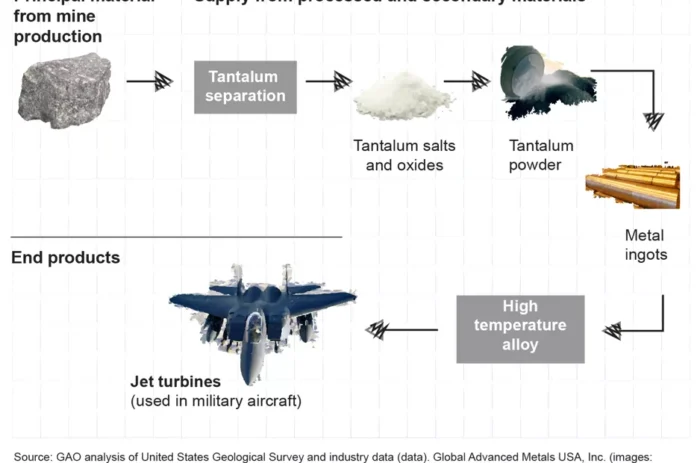redo Jump to...
print Print...
 (By Aaron Pressman, Yahoo Finance) – As the northeastern U.S. prepares for another major snowstorm along with extreme cold weather, residents and businesses are suffering from a shortage of propane.
(By Aaron Pressman, Yahoo Finance) – As the northeastern U.S. prepares for another major snowstorm along with extreme cold weather, residents and businesses are suffering from a shortage of propane.
Supplies of propane in the Northeast and Midwest regions took a hit during the recent “polar vortex”-induced cold spell, and deliveries to replenish the stocks have been hampered by poor weather.
That’s caused prices to spike for the fuel that nearly 6 million U.S. households rely on for home heating. Nationwide, propane prices averaged $2.86 per gallon last week, up 17% from the same period a year earlier, according to the U.S. Energy Information Administration.
Prices are even higher in some regions. Residential customers in New York state, for example, paid an average of $3.28 a gallon for propane last week, up from under $3 a gallon in December and 20% higher than at this time last year.

Several governors in the Midwest have already declared states of emergency, suspending rules limiting propane deliveries. Ohio Gov. John Kasich on Jan. 18 issued an emergency proclamation temporarily waiving rules that limited delivery hours for propane and heating oil. Kasich also activated the state’s national guard to assist residents affected by the shortage.
“This will help get propane companies resupplied so Ohioans who use propane to heat their homes can stay warm, while also doing it safely,” the governor said in a statement. “We’re also working closely with county officials to look out for people whose supplies might be getting low. I urge folks to look out for one another right now.”
Ohio is the 17th state to declare a state of emergency, according to a report by NBC News.
The New England states, which have less storage capacity, have had trouble receiving propane deliveries by rail because of bad weather, as well. And propane deliveries will likely become more difficult as the latest winter storm racing up the Eastern seaboard could bring a foot of snow to major cities, including Philadelphia, New York and Boston.
Prices will likely climb even higher as another patch of extreme cold weather is expected. Temperatures will be 10 to 25 degrees below average across much of the country starting on Tuesday night. Temperatures below freezing could extend as far south as Memphis, Tenn., by Thursday.
The propane shortage has its roots in the Midwest’s farm belt, where record high corn crops this fall led to higher propane use. Farmers use propane to dry crops and tapped more supplies than usual thanks to the huge harvest and above-average rainfall.
At the same time, U.S. exports of propane were booming, leading propane supplies to fall to the lowest level since 1996, according to the Energy Information Administration. According to the Census Bureau, 5% of around 115 million households, or nearly 6 million, use propane as home heating fuel.
Reprinted here for educational purposes only. Visit news.yahoo.com/irs-lerner-says-did-nothing-wrong-refuses-answer-143727256.html for the original post.
Questions
1. How many U.S. households use propane to heat their homes?
2. What is causing a shortage of propane in the U.S.? Be specific.
3. How is the shortage affecting customers?
4. What actions are governors in the midwest taking to address this problem?
5. Why are New England states affected as well?
Background
Fort Wayne, Indiana’s propane suppliers list several reasons for the shortage (from WANE-TV):
- A wet harvest season that caused farmers to use more propane
- A Midwest pipeline that was down most of December
- The cold weather
- lack of local storage facilities due to government officials who haven’t accepted proposals to build any
What Is Propane?
Propane, or liquefied petroleum (LP-gas), a fossil fuel, is one of the nation’s most versatile sources of energy and supplies 3 to 4% of our total energy. Propane can be either a liquid or a gas. At normal atmospheric pressure and temperature, it is a non-toxic, colorless and odorless gas. Under moderate pressure, propane becomes a liquid that vaporizes into a clean-burning gas when released from its storage container. Just like natural gas, an identifying odor is added so it can be readily detected.
Sources of Propane:
Propane comes from two sources: from the production of natural gas and from the production of crude oil. About 90 percent of the propane sold in the U.S. is domestically produced. The remainder is imported with most coming from Canada via pipeline and rail.
Propane from Crude Oil:
30% of the propane used in the US comes from the production of crude oil. It is separated into its various parts at a processing plant called a refinery. LP-gases are processed from crude oil by heating the crude oil until it begins to boil. The boiling crude oil produces many different gaseous hydrocarbons, including propane and butane. These different gases are captured under pressure and slowly cooled. Each of the gases will condense into a liquid, one at a time, as the temperature drops below the boiling point of each gas. Both propane and butane are captured in this manner and stored as a liquid under pressure.
Propane from Natural Gas:
70% of the propane used in the US comes from the production of natural gas. LP-gases are extracted from the raw natural gas at a processing plant. When natural gas is removed from a gas pocket it is normally referred to as a “wet” gas. The term “wet” means that the gas is a mixture of hydrocarbon gases and, in some cases, liquids. Once removed from the ground, the different gases and liquids are separated, processed and refined. Among the gases and liquids removed are methane (chief component of “natural gas” used in appliances), propane, butane, and, in many cases, natural gasolines (pentane, heptane, etc.) The two primary sources of LP-gases are quite different. However, once refined, there is little difference between the LP-gases processed from crude oil and those processed from “wet” natural gas.
Distribution
Once the propane has been derived from its raw form, it is then distributed in many ways across the United States to a variety of locations:
- 70,000 miles of cross-country pipeline
- 25,000 transport and delivery trucks
- 22,000 railcars
- 8,000 bulk storage and distribution terminals
- 320 barges and tankers
- 250 primary storage facilities
- 25,000 retail outlets supplying propane
- 6.2 billion gallons of underground storage (from coenergy .net)
Daily “Answers” emails are provided for Daily News Articles, Tuesday’s World Events and Friday’s News Quiz.



